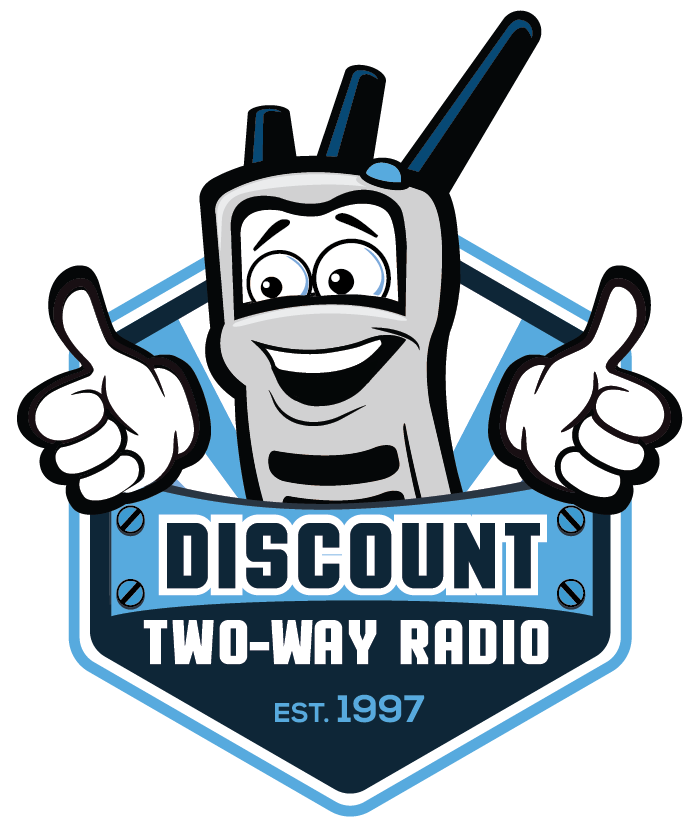
The Truth About Determining the Range of Your Professional Two-Way Radio
If you’re looking to purchase a supply of two-way radios for your business or replacing an existing supply, one of the first things you will probably want to know is how far can your radios transmit? Because this is one of the most common two-way radio questions (and one of most misunderstood areas) this week’s Two-Way Radio Tip will look at what the real factors are affect “range” and impact the actual vs. optimal transmitting distances.
One of the most common questions people ask when they are in the market for a professional two-way radio system is how far will their radios transmit? Unfortunately, there are so many variables that need to be taken into consideration before a definitive answer can be given. That’s why it’s a good idea to be wary of dealers who brag about the range of their radios while neglecting to inform their clients that these distances are considered “optimal” rather than “actual.” That is, their projected radio range might be possible if you were transmitting from a mountaintop with no obstructions or were flying around in the upper atmosphere broadcasting down to earth. So, let’s get real. The word “range” is one of the most commonly used and misunderstood terms in the two-way radio industry.
There are four key factors that effect the range of your two-way radio.
The Radio Wave
Radio waves travel in straight lines, typically called “line-of-sight” paths. However, radio signals can also travel through many objects and be picked up on the other side of walls or other obstructions. In addition, radio waves can be reflected and bounced off surfaces making the straight-line signal not so straight. Finally, two-way radio users need to factor in the curvature of the earth when determining the range of their radios. Why? Well, when you stand on the ground and press the talk button, the radio waves travel in a straight line until they pass the horizon line, and then they will go straight off into space. So, factoring all of these elements together is a good place to start when determining your actual communication range for a two-way radio.
The Signal Frequency
There are two types of two-way radio signals including VHF and UHF. Lower frequencies such as those on the VHF band can travel farther but will not be able to penetrate or move around obstacles. Higher frequencies in the UHF band do not travel as far but can pass around and through obstacles like glass, concrete and metal. (Here is a nice article that describes in detail differences between VHF and UHF signals.)
The Antenna
The antenna is one of the most critical components of a radio. It converts the radio signals into the electrical signals the radio can understand and vice versa. Without an antenna, your radio would be useless, neither able to receive nor transmit across any distance at all. This means the type, height, location and quality of the antenna will have a significant impact on the overall range of the radio signal.
Believe it or not, true two-way communications experts can calculate the line of site distance to the horizon line given a specific antenna height. That formula is: Horizon in kilometers = 3.569 times the square root of the antenna height in meters. For example, if the antenna height of a radio is at 6 feet (1.82880 meters tall) the horizon is 2.99 miles away (4.83 kilometers) and another radio with the antenna at 6 feet, that equals approximately a 6-mile range. So, in theory, the maximum communication distance for two people using two-way radios without repeaters and standing on flat ground with no obstructions is around 4 to 6 miles.
The Radio Power (Wattage)
Another important factor in the distance a two-way radio will communicate is its power output. This power output is measured in watts. Most handheld professional two-way radios broadcast at 1-5 watts. The more watts your radio has, the farther it can transmit.
When it comes to range there is no universal answer, and it every customer’s situation is unique. Our friendly radio experts are here to help you determine the best radio system for your needs. Give us a call at 800-895-5122.




No Comments